La Mano Fest interviews Bradley King, director of Time Lapse
By La Mano Fest (*)
First of all, La Mano Film Festival organization wants to say congratulations on your
feature. It is an amazing psychological thriller/sci fi film and one of the most clever film
that we have watched this year.
Thanks so much! I’m really glad the movie connected.
Can you tell our audience about your film and what they can expect out of it?
Well, for anyone that doesn’t know the subject, it’s about three roommates
who discover their old scientist neighbor dead, and in his apartment is a camera that
takes pictures of the future. There are many directions one could take a story about a
device that gives glimpses of the future, but while writing this one seemed to tumble in
the direction of a cautionary-tale / thriller. Hopefully the audience can expect suspense,
and a bit of brain-twisting as they follow the science fiction.
We really enjoyed about the film was that it was shot in one principal location. It’s a
very ingenious and solid script that just happens in a handful of locations. This was a
requeriment of the production (looking for economical budget script)?
We definitely went into the writing process with the creative limitation of a
single location. We’ve written science fiction scripts prior to this, but always out of the
budget range to actually produce ourselves. In the end I think limiting it to one location
actually made the writing easier in the end, because it’s such a strong directive. Finding
the actual location to fit our needs of course ended up being a whole journey in itself,
but in the end it all worked out.
The concept of the camera time-machine is really original. How was the idea of this
project born? Why polaroids?
As we discovered during production, the idea of a time traveling camera is not 100%
original! Once you write something, people come out of the woodwork saying, “Oh hey that’s
like this French movie made in the 50s…” etc. Our particular impetus was that Cooper had seen
the movie Timeline, and in that there’s a regular camera that they physically send back in time
to take a picture. From that seed we started speculating about a camera that itself was a time
machine. The Polaroids came out of our general feeling that the scientist was in his later years,
and his whole life was very analog and something from the past. Hence also the old-school
voice message machine, and the generally antiquated feel of everything in his apartment, as
well as the design of the machine itself.
We love the scifi but we think (in a good way) you use it just an excuse to talk about the
human condition? Can you talk me about this?
I’m so glad you touched on this. I think for the general masses, there aren’t
a lot of distinctions in science fiction – it all just seems like a jumble of aliens, robots,
and time travel. However I’ve always felt strongly that the best science fiction has some
seed of the human condition at its heart. Phillip K. Dick was a master of this. Science
fiction presents an opportunity to let us approach a real human issue obliquely, from the
side, so that we’re too caught up with the monsters and the laser beams to realize that
we’re being given something important to think about. I love this. With Time Lapse we
definitely found ourselves looking at what it means to live in the future, and to think
so much about tomorrow that we end up jeopardizing today. I know I do this, so it’s an
issue that’s very engaging for me. Unfortunately in our experience writing, you can’t
always begin with a bit of the human condition you want to explore – you have to start
writing the drama and the story first, and then the theme reveals itself in your decision
making. It was a very rewarding thing on Time Lapse to see it unfold as it did.
How do you meet and that worked on together?
Cooper and I met at a film school I was attending; he was producing an
indie feature and was utilizing some of the school’s students as crew. I didn’t work on
his project, but we met in the editing room and hit it off. I was editing a short about a
crashed spaceship I believe, and he was apparently impressed with my escape hatch
montage. I was definitely impressed that he was producing a feature. We stayed in touch
and when we ended up in Los Angeles eventually, he produced some of my short films.
He’s always been a great person for script notes, and when we decided to write this
together it all went incredibly smoothly. Overall our creative collaborations over the
years have been great, and now I’m at the point it’s hard to imagine directing something
that he didn’t produce.
What difficulties did you have to get things running?
One of the great functions of the human brain is that it slowly fades out
painful memories; I’m starting to have trouble remembering all the horrible and insane
issues that I’m certain we ran into. Definitely finding the location was a giant ordeal –
we needed an apartment complex we could basically take over for a month, so in the
end we started hunting for an abandoned property. We also ran into some challenges
scheduling – since we had the photos of the future present in scenes that meant we
needed to shoot a lot of the movie in reverse order, so that we always had the photo
from “tomorrow” ready to be in an actor’s hand today.
What visual referentes that you used to create this film?
Overall I’m a huge fan of Hitchcock. It costs money to plan and execute a lot
of dolly moves and deliberately storyboarded sequences, but I’m proud of the bits we
did accomplish. As for the machine aesthetic, I’m a big fan of the video game Fallout 3
– I love the sort of analog / 50s future / steampunk thing, so that played in for sure. The
cinematographer Jonathan Wenstrup had a lot to do with crafting the overall lighting
scheme of the film – slowly making things darker, higher contrast as the story deepens.
Jonathan should also be given huge props for successfully keeping that small apartment
visually interesting over the course of 104 minutes – that’s a challenge!
I’d like to ask for the actors Can you talk a little about the process of casting? How were
you able to get the actors on board?
The big key to casting was producer Rick Montgomery coming on board. He
is a very established casting director here in LA, and after reading the script he came on
board as a producer, and was able to get the script in front of people we just wouldn’t
have had access to otherwise. We did aim to try and get Danielle Panabaker after we’d
seen her performance in “Girls Against Boys”, but the other actors came through a more
normal process of meetings and auditions and conversations. We didn’t have a lot of
money, so the script was a big key in convincing people to trust us and dive in.
In La Mano Fest we love the time travels Could you talk a little, if it is possible, about
your future projects?
We are currently working on another science fiction script, a detective story,
but alas with no time travel. However it takes place in the same world as Time Lapse,
and it looks as though we may have a character crossing over into this new one. That’s
all we can comfortably say at the moment!
We are very grateful for giving us the opportunity to have an interview with you. We
are eagerly awaiting your next movie.
Thanks so much for the interview opportunity! Great questions. I’m glad Time Lapse
connected, and we’ll definitely let you know when the next one is happening!
_______________________________________________
La Mano Fest is a Spaish film festival from Alcobendas (Madrid). This year edition will take place October 25- 31.
More information:

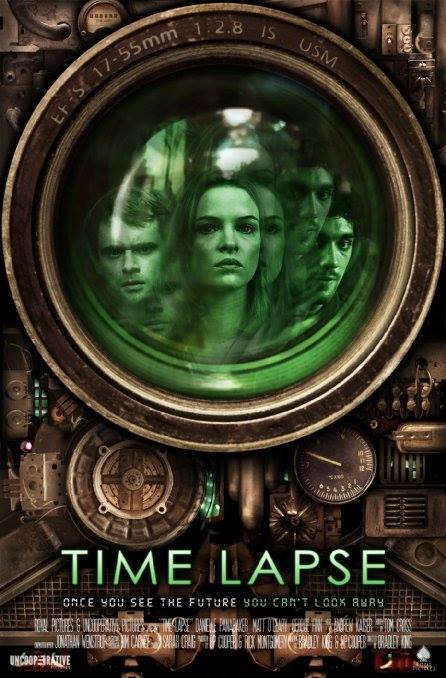
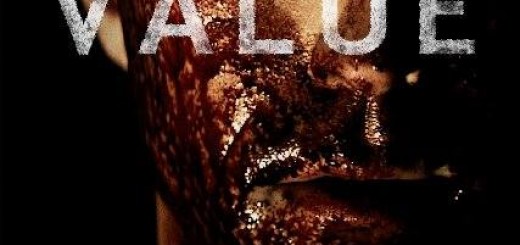
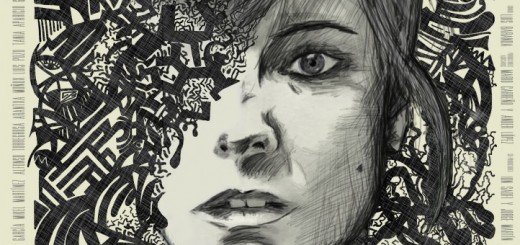
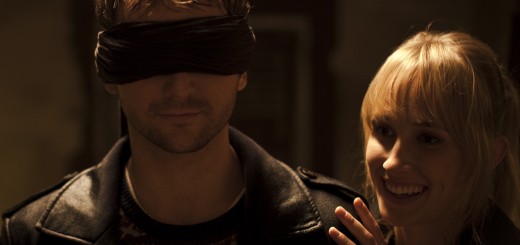


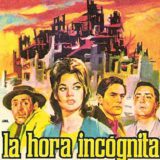

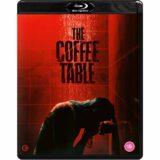
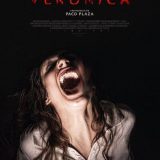
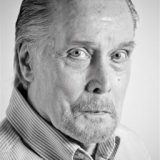
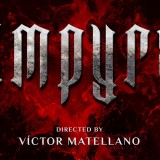
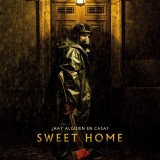
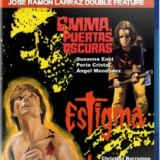
1 Response
[…] Bradley King, director of Time Lapse […]